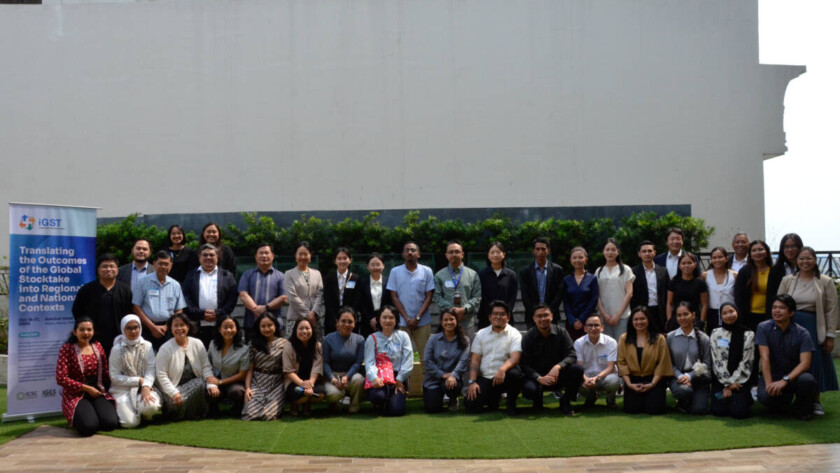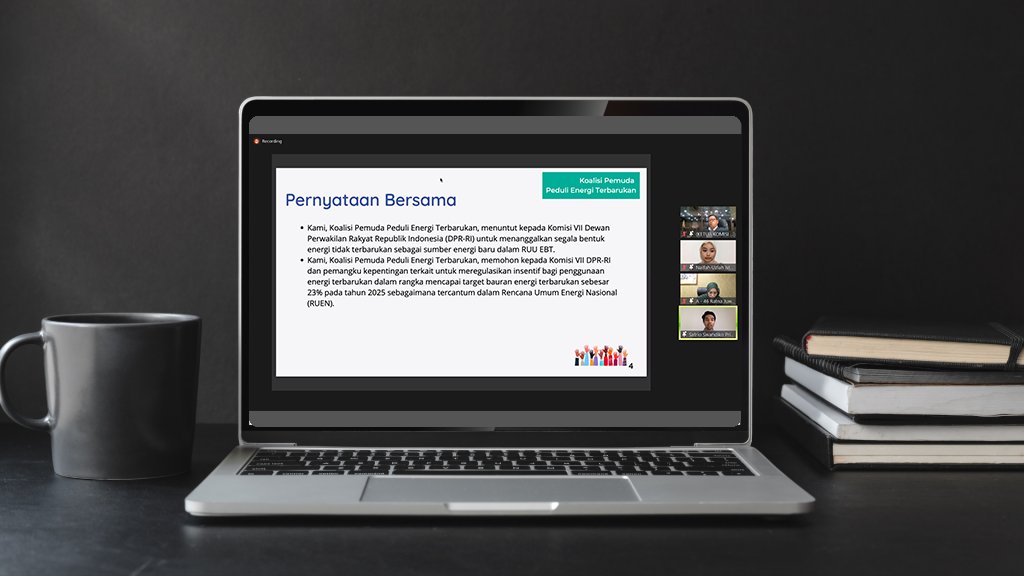Manila, October 17, 2024 - In 2015, the world's nations came together at COP21 to agree on the Paris Agreement, which included a commitment to hold the Earth's temperature rise below 1.5oC. As a follow-up, the first Global Stocktake (GST) was held at COP28 as a mechanism to assess countries' performance in meeting their climate…


